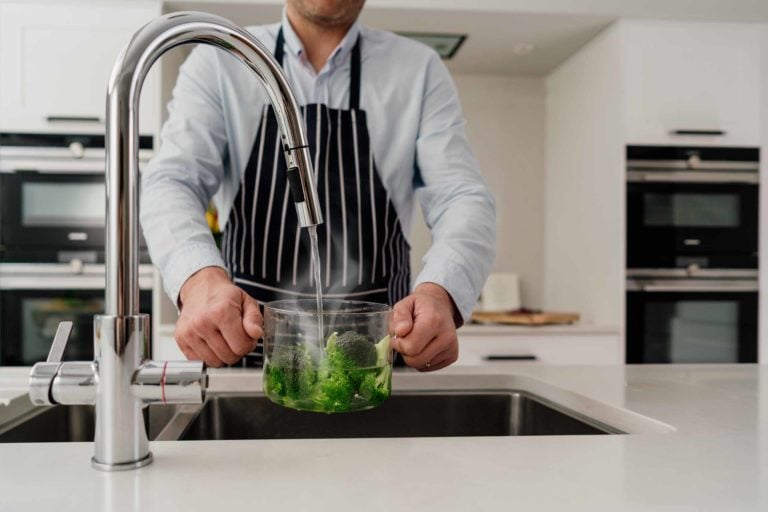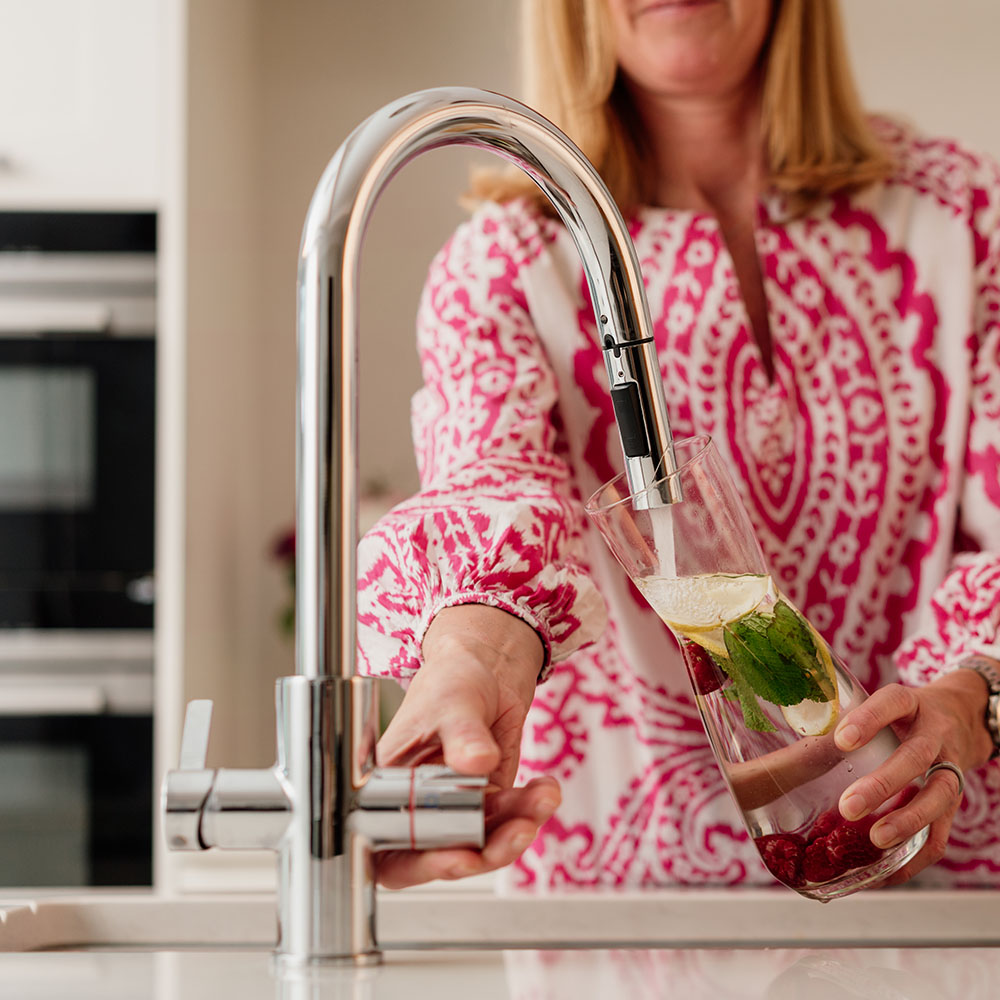In today’s fast-paced world, convenience and efficiency are highly valued, even in the simplest of tasks such as boiling water. Traditionally, a kettle has been the go-to appliance for quickly heating water for beverages or cooking. However, the emergence of boiling water taps has provided an alternative option that claims to be more efficient and cost-effective.
The Traditional Kettle
A traditional kettle is a standalone appliance used for boiling water. It consists of a container with a heating element at the base and a lid to contain the water. Kettles are manually filled with water and require a power source to heat the water until it reaches boiling point. They come in various designs, including corded electric kettles, stove-top kettles, and even non-electric options for camping or outdoor use.
The Boiling Water Tap
A boiling water tap, also known as a filtered boiling water tap, instant hot water tap, or hot water dispenser, is a fixture that delivers boiling water on demand. It is typically connected to the water supply and includes a heating unit that rapidly heats the water to the desired temperature. Boiling water taps often have advanced features such as adjustable temperature settings, safety mechanisms, and filtration systems to improve water quality. They are available in various designs and finishes to suit different kitchen aesthetics.
Is it Cheaper to use a Boiling Water Tap or a Kettle?
Energy Consumption
To evaluate the cost-effectiveness of using a boiling water tap in comparison to a kettle, it is necessary to consider their energy consumption as well as any other associated costs.
Boiling water taps utilise electric heating elements to heat water rapidly. While the exact energy consumption varies depending on the model and usage, boiling water taps are designed to be efficient by delivering instant hot water without excessive energy usage. This can reduce water wastage, as users can dispense the exact amount of hot water they need without overfilling the kettle. By minimising water waste, boiling water taps can contribute to cost savings on both water and energy bills. Manufacturers often provide energy ratings or specifications that can help consumers evaluate the energy efficiency of different boiling water tap models.
Traditional kettles have higher energy consumption than boiling water taps due to their design and heating method. The heating elements in kettles require longer periods to reach boiling point, and the water is often heated in larger quantities than necessary. Kettles tend to lose heat quickly and, if left, the kettle may even require re-boiling. Additionally, more energy is wasted if the kettle is not filled to its maximum capacity.
When it comes to energy, boiling water taps are the more cost-effective option, saving you money on your monthly energy bills. While energy consumption and costs are crucial factors, additional aspects should be considered when evaluating the cost-effectiveness of boiling water taps and kettles.
Initial Investment and Installation Costs
Boiling water taps are generally more expensive than most standard kettles and often require professional installation and appliance accessories, such as filters, which can incur additional costs. On the other hand, traditional kettles are standalone appliances that can be purchased relatively cheaply without any installation expenses.
Boiling water tap appliances can start from £300 and range up to £1500, whereas kettle appliances can start from £40 and range up to £400. In terms of initial investments and installation costs, kettles provide the cheaper short-term solution in terms of upfront payments.
Although a kettle may be the cheaper appliance, it is important to consider that boiling water taps are often integrated into the hot and cold water taps within the kitchen space. When redesigning your kitchen space or purchasing new taps, the boiling water tap can save money as it removes the need to buy the kettle appliance and the hot and cold tap separately. It’s worth noting that sink taps alone can range from £20 to £250 depending on the brand and model. In this context, boiling water taps may actually prove to be the cheaper alternative.
Lifespan and Maintenance Costs
Boiling water taps are generally designed to be durable and can last for many years. However, they may require regular servicing and filter replacement. It is important to consider the potential maintenance expenses associated with boiling water taps over their lifespan.
Although generally less expensive upfront, traditional kettles may have a shorter lifespan than boiling water taps; depending on the quality of the kettle, it may be more prone to wear and tear, requiring more frequent replacements. Additionally, kettles often require descaling or periodic cleaning to maintain their performance, which should be considered in terms of maintenance costs.
Both boiling water taps and kettles have different lifespans and maintenance requirements. When it comes to the cost of both appliances and how much they are to maintain, kettles appear to be the cheaper option; however, when considering the appliance’s lifespan, boiling water taps will last longer, resulting in cheaper costs on appliances in the long run.
Overall Comparison
When comparing energy consumption and costs, boiling water taps have an advantage over traditional kettles due to their on-demand heating and better control over the amount of water being heated.
While boiling water taps may have a higher upfront cost compared to traditional kettles, their energy efficiency and reduced water waste can result in long-term cost savings. Over time, the energy savings from using a boiling water tap and the potential reduction in water consumption can offset the initial investment and lead to overall cost efficiency.
It is essential to take into account each individual’s unique circumstances, including usage patterns, maintenance costs, and electricity rates. For example, the cost of electricity varies depending on the location and the provider. Considering the local electricity rates when estimating the average electricity costs of using a boiling water tap or a kettle is necessary.
Before deciding which appliance is the best option for your home, it is important to consider all the above factors contributing to determining which appliance is the cheaper option, a kettle, or a boiling water tap. To summarise, these factors include energy consumption, initial investment and installation costs, and lifespan and maintenance costs.

